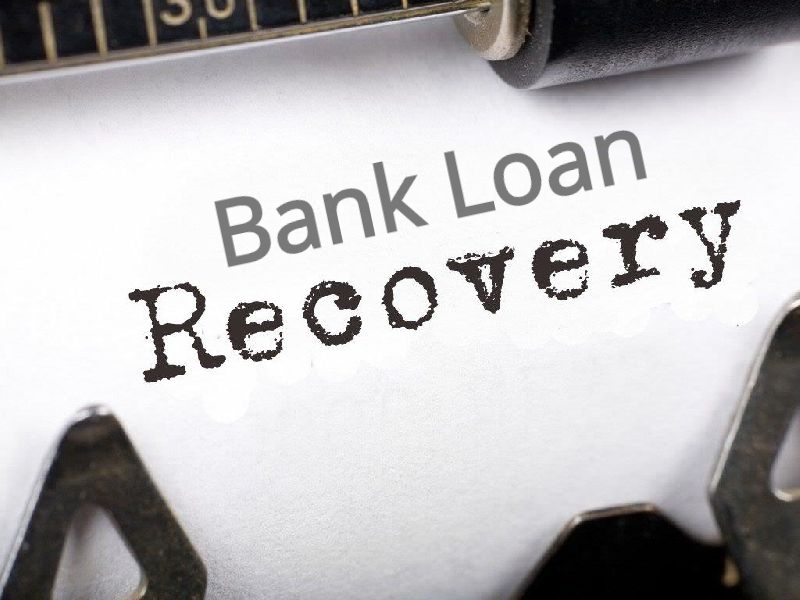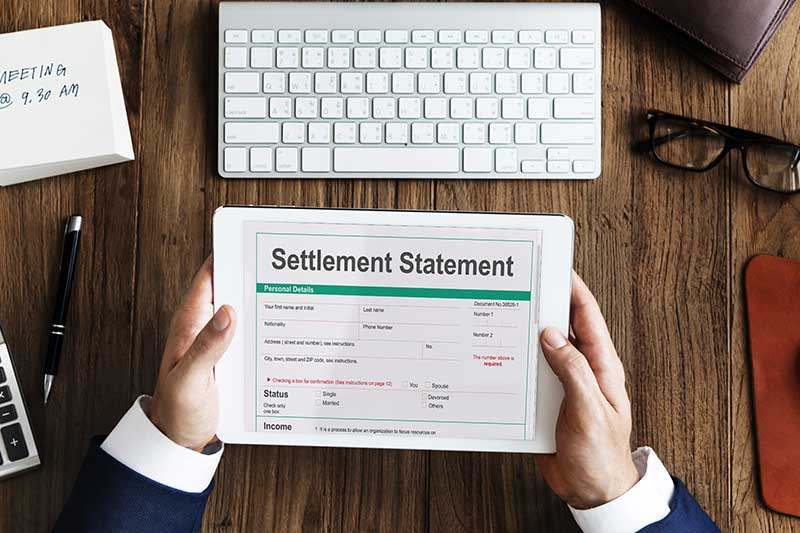Navigating the intricacies of bank loan settlements can often seem daunting for many borrowers. Whether you’re dealing with a personal loan, a mortgage, or a business loan, understanding the settlement process can equip you with the knowledge to manage your finances more effectively. This post aims to demystify the bank loan settlement process, offering a clear guide to what borrowers can expect and how to navigate the steps involved. If you need specific information about home loans read home loan settlement process here.
What is Bank Loan Settlement?
Bank loan settlement refers to the process through which a borrower and the lending bank agree to settle a loan. This can mean paying off the loan in full by the end of its term, renegotiating the loan terms, or reaching a settlement on a defaulted loan for less than the owed amount. Settlements are particularly relevant in cases where the borrower faces financial difficulties and cannot fulfil the original repayment terms.
Bank Loan Settlement Process: Step by Step
- Assessment of Financial Situation: Before initiating a loan settlement, the borrower must assess their financial situation thoroughly. This means reviewing income, expenses, and existing debts to understand what you can realistically afford to pay.
- Contacting Your Bank: Once you have a clear picture of your financial situation, the next step is to contact your bank. Early communication is the key. Explain your financial difficulties and express your intention to settle the loan. Banks are often willing to work with borrowers to avoid defaults.
- Documentation and Proposal: Be prepared to provide documentation that supports your financial hardship claim, such as proof of income, employment status, and other relevant financial statements. Based on your situation, propose a realistic settlement amount, considering your financial constraints.
- Negotiation: The bank will review your proposal and may enter into negotiations with you. This process can involve several rounds of discussion as both parties work towards an agreement that is acceptable to both sides.
- Settlement Agreement: Once an agreement is reached, the bank will provide a formal settlement agreement. This document outlines the terms of the settlement, including the settlement amount, payment deadlines, and any other conditions.
- Payment: Upon agreement, the borrower makes the settlement payment to the bank as stipulated in the agreement. It’s crucial to adhere to the agreed terms to avoid any legal repercussions.
- Closure of Debt: After the settlement payment is made, the bank will close the debt. The borrower should obtain a letter from the bank confirming that the loan has been settled and that no further payments are required.
Tips for Successful Bank Loan Settlement Process
- Be Proactive: Don’t wait for the bank to contact you about missed payments. If you anticipate financial trouble, reach out early.
- Stay Informed: Understand your rights and obligations under the loan agreement.
- Seek Advice: Consider consulting with a financial advisor or a debt settlement professional who can guide you through the process.
- Document Everything: Keep detailed records of all communications with the bank, including emails, letters, and call notes.
Understanding the Impact on Credit Scores
One key aspect that borrowers should consider is the impact of a loan settlement on their credit score. While settling a loan can relieve immediate financial burdens, it can also negatively affect your credit score since it indicates that the loan was not repaid as originally agreed. However, the impact varies based on individual credit histories and the reporting practices of the lender. It’s important to discuss with your bank how the settlement will be reported to credit bureaus and consider strategies to mitigate the impact, such as negotiating with the bank to report the debt as “paid in full” instead of “settled.”
Strategic Financial Planning Post-Settlement
After successfully settling a loan, it’s vital to focus on rebuilding your financial health. This includes:
- Creating a Budget: Develop a realistic budget that accounts for your income, expenses, and savings goals. A budget is crucial for managing your finances effectively and avoiding future debt.
- Building an Emergency Fund: Start setting aside money in an emergency fund to cover unexpected expenses. This can help prevent the need for taking on new debt in the future.
- Improving Your Credit Score: Work on improving your credit score by paying bills on time, reducing outstanding debt, and using credit responsibly. Higher credit scores can improve your chances of obtaining favorable loan terms in the future.
- Seeking Financial Education: Consider taking financial literacy courses or workshops. Knowledge about personal finance management, investment, and savings can empower you to make informed decisions about your financial future.
Legal Considerations and Professional Guidance
Navigating the legalities of a loan settlement can be complex, and in some cases, it might be beneficial to seek professional advice. A financial advisor or a debt settlement attorney can provide valuable guidance on the settlement process, negotiate on your behalf, and help you understand the legal implications of your settlement agreement. They can also advise you on tax implications, as forgiven debt may be considered taxable income under certain circumstances.
Leveraging Technology for Financial Management
In today’s digital age, numerous tools and apps are available to help manage your finances effectively. From budgeting apps that track spending and savings to credit monitoring services that provide regular updates on your credit score, leveraging technology can provide insights into your financial health and help you stay on track towards your financial goals.






Leave A Comment